Home>Furniture & Design>Interior Design Trends>How To Compromise On Home Decor
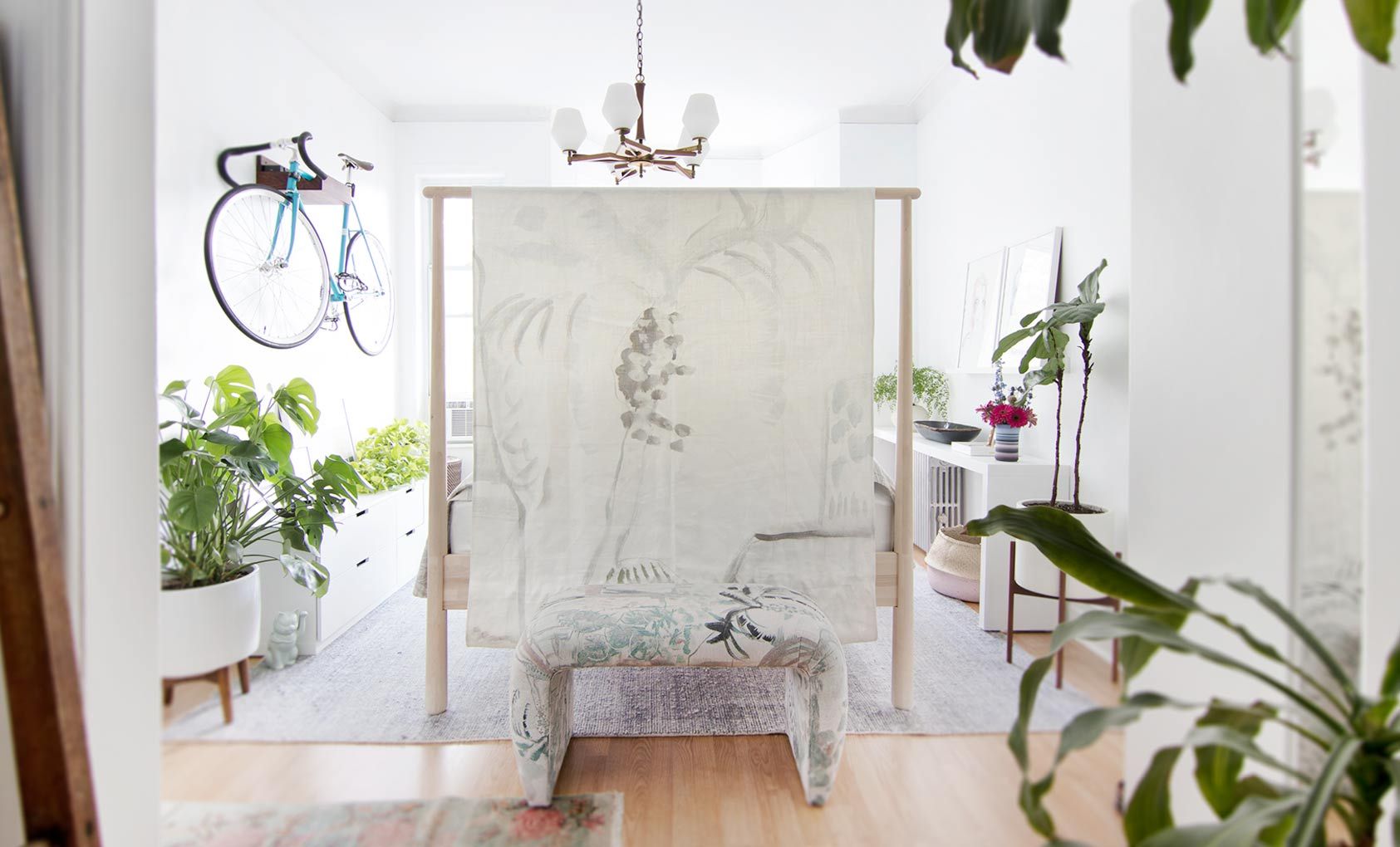

Interior Design Trends
How To Compromise On Home Decor
Published: December 22, 2023
Discover how to navigate the latest interior design trends and find the perfect compromise for your home decor. Learn tips and tricks to balance style and functionality. Explore new ideas for creating a harmonious living space.
(Many of the links in this article redirect to a specific reviewed product. Your purchase of these products through affiliate links helps to generate commission for Storables.com, at no extra cost. Learn more)
**
Introduction
**
When it comes to home decor, the concept of compromise often arises, especially when multiple individuals are involved in the decision-making process. Each person brings their unique preferences, tastes, and ideas to the table, and finding a middle ground can be both challenging and rewarding. Compromise in home decor is not about sacrificing individual style, but rather about blending different tastes and preferences to create a harmonious living space that reflects the personalities of everyone involved.
In this article, we will explore the art of compromise in home decor, offering insights and strategies for finding common ground and creating a space that satisfies everyone involved. From understanding different styles and establishing priorities to finding common ground and compromising on specific elements, we will delve into the dynamics of compromise in home decor, providing practical tips and creative solutions for achieving a cohesive and stylish living environment. So, let's embark on this journey of harmonizing diverse design perspectives and making compromise a creative and fulfilling endeavor in the realm of home decor.
Key Takeaways:
- Embrace diverse styles and find common ground to create a harmonious home decor that reflects everyone’s unique tastes and preferences.
- Compromise on specific design elements by blending contrasting styles, leveraging focal points, and layering accessories to create a cohesive and visually captivating living space.
Read more: How To Minimize Home Decor
Understanding Different Styles
Before delving into the art of compromise in home decor, it’s essential to understand the various design styles that may come into play. Different individuals often gravitate towards specific aesthetic preferences, such as modern, traditional, minimalist, eclectic, or industrial, each with its unique characteristics and visual language. By comprehending these distinct styles, it becomes easier to identify areas of overlap and potential points of compromise.
For instance, if one person prefers a minimalist approach characterized by clean lines and uncluttered spaces, while another leans towards a more traditional style with ornate furnishings and rich textures, it may seem challenging to reconcile these seemingly disparate tastes. However, by recognizing that both styles prioritize visual harmony and balance, it becomes possible to explore hybrid concepts that incorporate elements from each style.
Moreover, understanding the underlying principles of various design styles enables individuals to appreciate the beauty and functionality that each approach offers. By fostering an open-minded attitude towards diverse design aesthetics, individuals can embrace the potential for creative synthesis and harmonious coexistence of contrasting styles within a shared living space.
By gaining insight into the nuances of different design styles, individuals can approach the process of compromise with a sense of curiosity and appreciation for the rich tapestry of design possibilities. This understanding serves as a foundation for navigating the intricacies of merging divergent design preferences and embarking on a collaborative journey towards a unified and personalized home decor aesthetic.
Establishing Priorities
When embarking on the journey of compromise in home decor, it’s crucial to establish priorities that reflect the values and functionalities desired within the living space. This involves candid discussions to identify the aspects of home decor that hold the utmost significance for each individual involved. By articulating these priorities, individuals can gain clarity on the non-negotiable elements as well as the areas where flexibility and compromise are viable.
For instance, one person may prioritize creating a cozy and inviting atmosphere for relaxation and comfort, while another may emphasize the need for a well-organized and functional layout to accommodate various activities and daily routines. By openly communicating these priorities, individuals can align their visions and explore creative solutions that honor these essential elements while accommodating diverse design preferences.
Additionally, establishing priorities involves considering practical considerations such as budget constraints, spatial limitations, and the practicality of design choices. By acknowledging these factors, individuals can approach the process of compromise with a pragmatic mindset, seeking solutions that are not only aesthetically pleasing but also feasible within the given parameters.
Furthermore, establishing priorities fosters a sense of empathy and understanding among individuals involved in the decision-making process. By recognizing and respecting each other’s priorities, individuals can cultivate a collaborative and inclusive approach to home decor, where compromise becomes a means of honoring the collective vision and creating a space that reflects the shared values and aspirations of all involved.
In essence, by establishing priorities, individuals lay the groundwork for a harmonious and purposeful approach to compromise in home decor. This process sets the stage for meaningful discussions, creative problem-solving, and the cultivation of a living environment that embodies the collective essence of its inhabitants, transcending individual preferences to form a cohesive and balanced whole.
When compromising on home decor, focus on finding common ground and being open to different styles. Consider mixing and matching pieces to create a balanced look that reflects both your preferences.
Finding Common Ground
Amidst the diverse array of design preferences and priorities, the process of compromise in home decor hinges on the exploration of common ground. This entails identifying the shared elements and design principles that resonate with all individuals involved, serving as the foundational pillars upon which a cohesive and harmonious living space can be built.
One effective approach to finding common ground is to seek inspiration from shared experiences, memories, and aspirations. By reflecting on meaningful moments and collective visions, individuals can uncover themes, colors, or motifs that hold sentimental value and resonate with everyone involved. These shared elements can serve as unifying threads that weave through the fabric of the home decor, infusing the space with a sense of shared identity and emotional resonance.
Moreover, finding common ground involves embracing the beauty of diversity and individuality while seeking convergence amidst the differences. It entails celebrating the unique perspectives and design inclinations of each individual, while also exploring the potential for synthesis and fusion of these diverse elements into a cohesive whole. This inclusive approach fosters a sense of belonging and ownership, where every individual feels represented and invested in the collective vision of the home decor.
Furthermore, finding common ground necessitates a spirit of openness and willingness to explore new ideas and perspectives. It involves engaging in constructive dialogue, actively listening to each other’s insights, and remaining receptive to innovative solutions that transcend individual preferences and enrich the collective tapestry of home decor.
By actively seeking common ground, individuals embark on a collaborative and creative journey towards a shared vision for their living space. This process not only fosters a sense of unity and cohesion but also cultivates a sense of camaraderie and shared ownership, where compromise becomes a catalyst for the co-creation of a home that reflects the collective spirit and individuality of its inhabitants.
Compromising on Specific Elements
As the process of compromise in home decor unfolds, the art of negotiating specific design elements plays a pivotal role in harmonizing diverse preferences and creating a cohesive aesthetic. This involves identifying areas where compromise is feasible and exploring creative strategies to integrate contrasting elements into a unified and balanced composition.
One effective approach to compromising on specific elements is to embrace the concept of blending contrasting styles and aesthetics. For instance, in a living room setting, individuals can explore the fusion of modern and traditional elements by juxtaposing sleek, contemporary furnishings with classic, ornate accents. This juxtaposition creates a dynamic interplay of styles, offering a visually compelling and harmonious synthesis of contrasting design sensibilities.
Moreover, compromising on specific elements involves leveraging the power of focal points and statement pieces to anchor the overall design. By identifying key focal points, such as a striking piece of artwork, a sculptural lighting fixture, or a captivating furniture item, individuals can channel their preferences into these focal elements while accommodating diverse styles in the surrounding decor. This strategic approach allows for the expression of individual tastes within a cohesive framework, striking a balance between personal expression and collective harmony.
Additionally, compromising on specific elements entails the art of layering and accessorizing to infuse the space with depth and character. Individuals can curate a diverse array of accessories, such as textiles, artwork, and decorative objects, that reflect their individual tastes while contributing to the overall cohesiveness of the decor. This layering of personal touches within a unified design scheme fosters a sense of richness and complexity, where each element contributes to the collective narrative of the living space.
By navigating the terrain of compromise on specific elements, individuals embark on a creative and collaborative endeavor to curate a home that encapsulates the multiplicity of their design preferences. This process not only yields a visually captivating and harmonious living environment but also fosters a sense of shared ownership and pride in the collective creation of a space that reflects the diverse yet unified essence of its inhabitants.
Read more: How Important Is Home Decor
Conclusion
Embarking on the journey of compromise in home decor is a testament to the art of harmonizing diverse perspectives and creating a living space that embodies the collective essence of its inhabitants. Through understanding different styles, establishing priorities, finding common ground, and compromising on specific elements, individuals engage in a collaborative and creative process that transcends individual preferences to forge a unified and harmonious aesthetic.
The act of compromise in home decor is not about relinquishing personal style, but rather about embracing the beauty of diversity and weaving together a tapestry of design elements that reflect the multifaceted identities and aspirations of those who call the space home. It is a celebration of inclusivity, creativity, and empathy, where compromise becomes a catalyst for the co-creation of a living environment that resonates with the shared values, memories, and dreams of its inhabitants.
As individuals navigate the complexities of compromise in home decor, they cultivate a spirit of openness, empathy, and collaboration, laying the foundation for a space that transcends the sum of its parts. Each compromise becomes a brushstroke in the collective masterpiece of home decor, contributing to a narrative that is rich, dynamic, and reflective of the multifaceted beauty of human expression.
In essence, the journey of compromise in home decor is a testament to the transformative power of collaboration and the art of synthesizing diverse elements into a harmonious whole. It is a testament to the notion that within the realm of compromise lies the potential for creative synergy, where individual voices converge to form a chorus of design that resonates with unity and coherence.
Ultimately, the process of compromise in home decor transcends the realm of aesthetics, becoming a profound expression of unity, understanding, and the collective pursuit of a shared vision. It is a testament to the human capacity to embrace differences, celebrate individuality, and weave these threads into a tapestry of design that reflects the beauty of harmonious coexistence.
Frequently Asked Questions about How To Compromise On Home Decor
Was this page helpful?
At Storables.com, we guarantee accurate and reliable information. Our content, validated by Expert Board Contributors, is crafted following stringent Editorial Policies. We're committed to providing you with well-researched, expert-backed insights for all your informational needs.

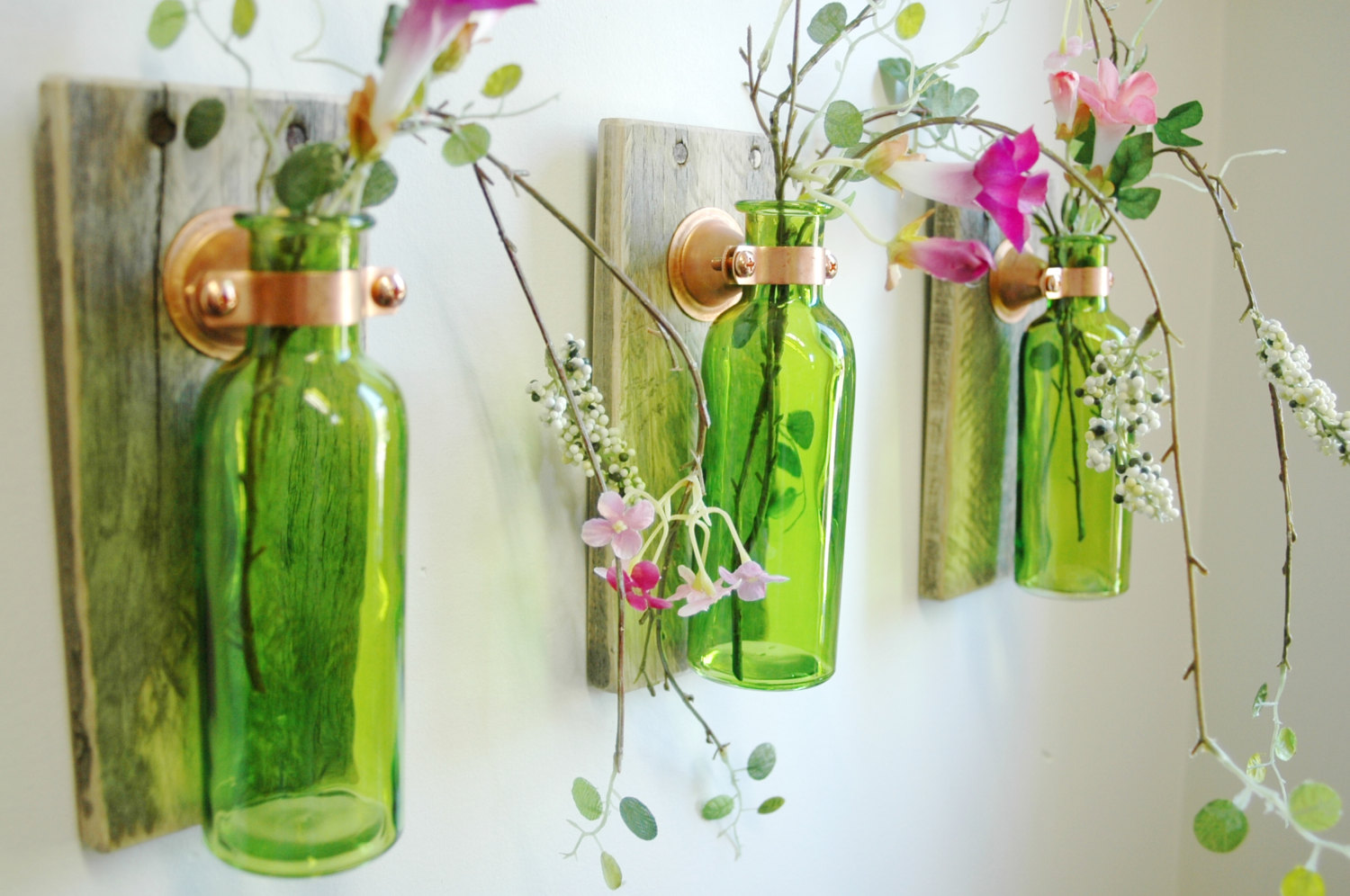

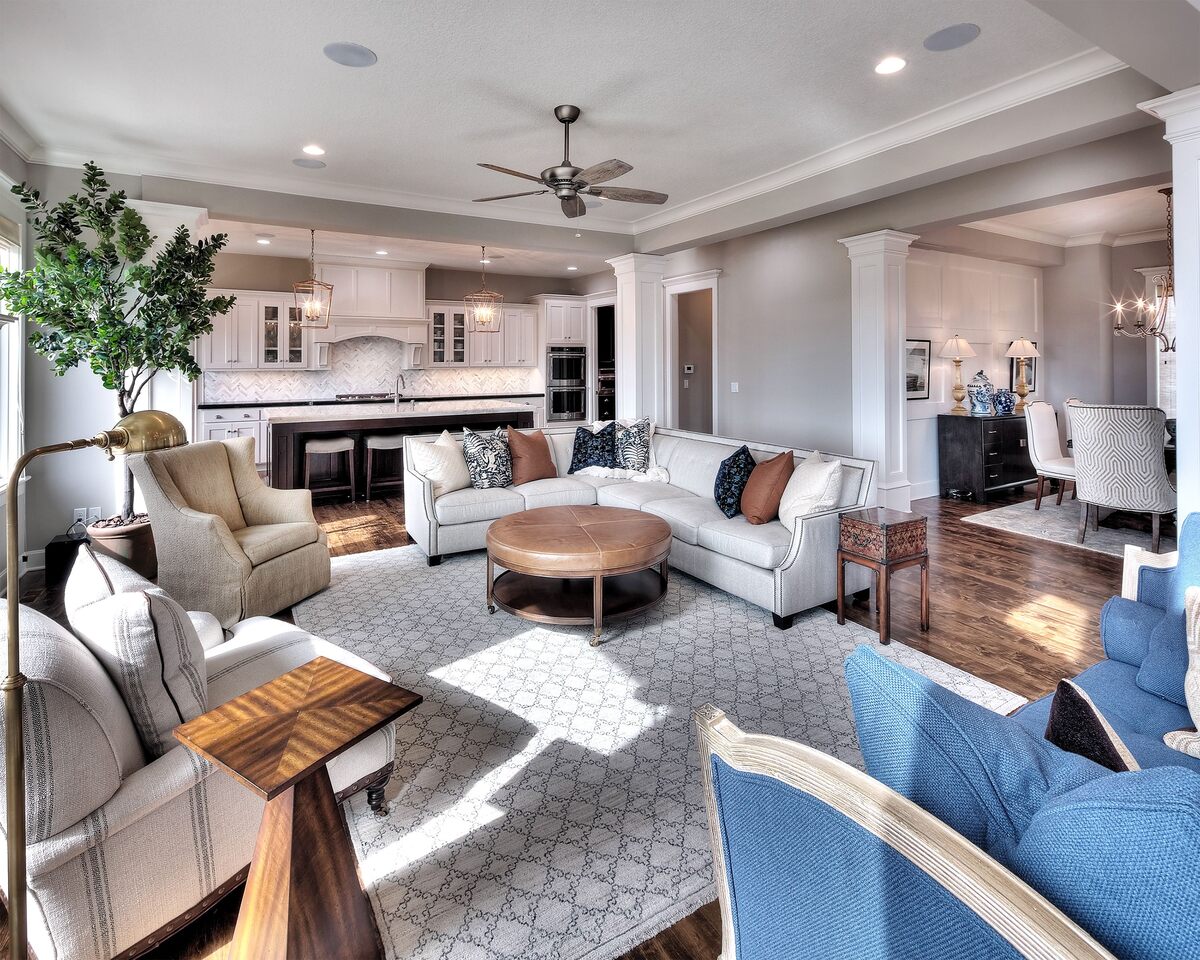


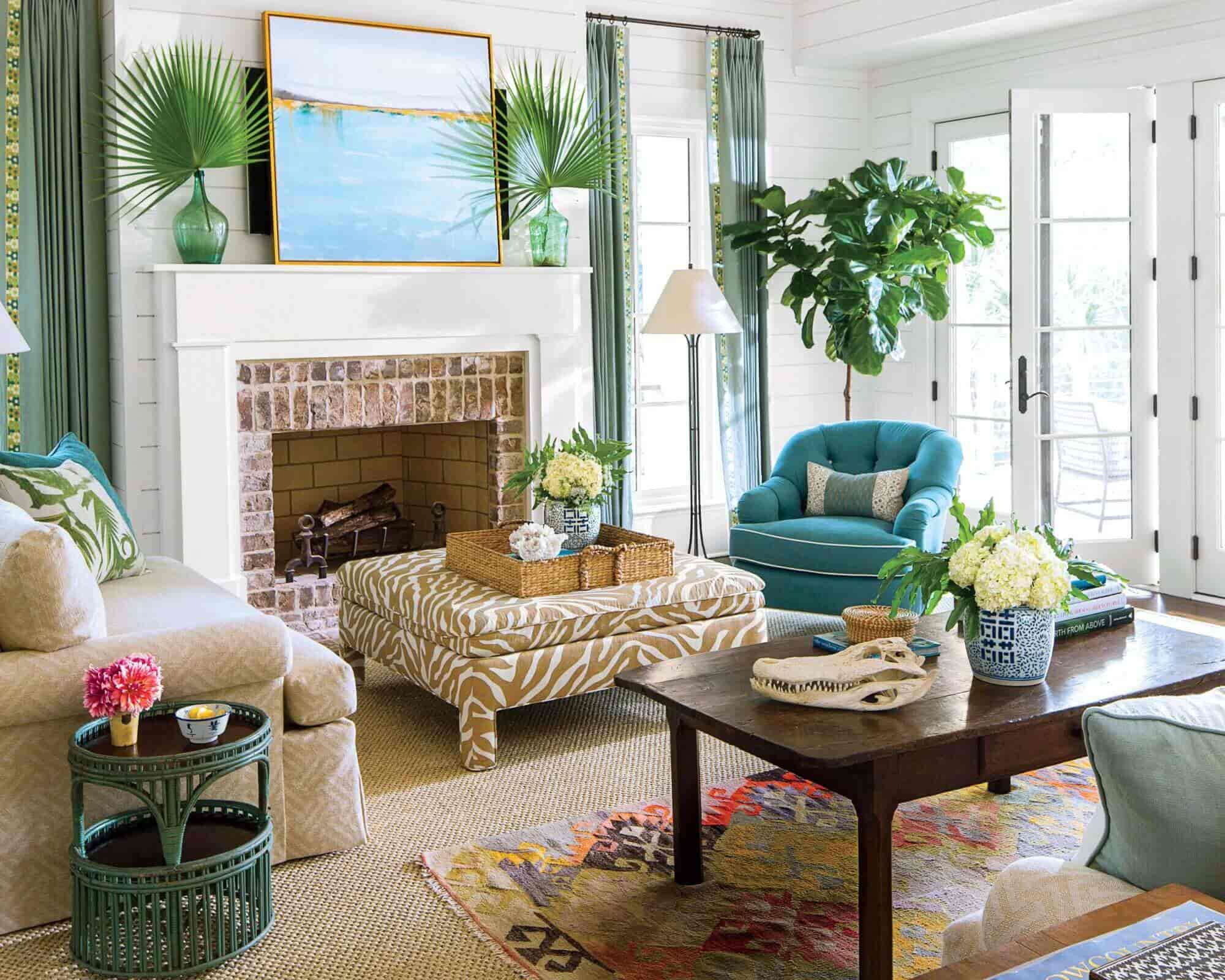
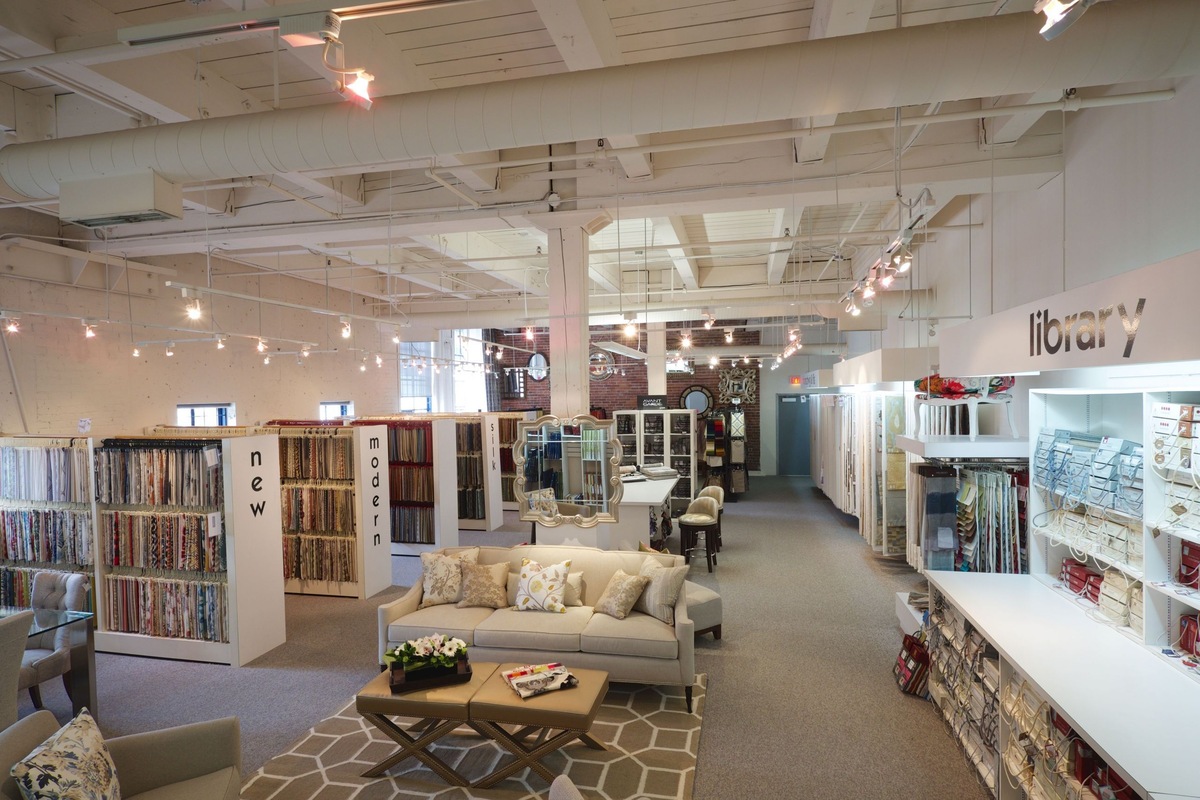
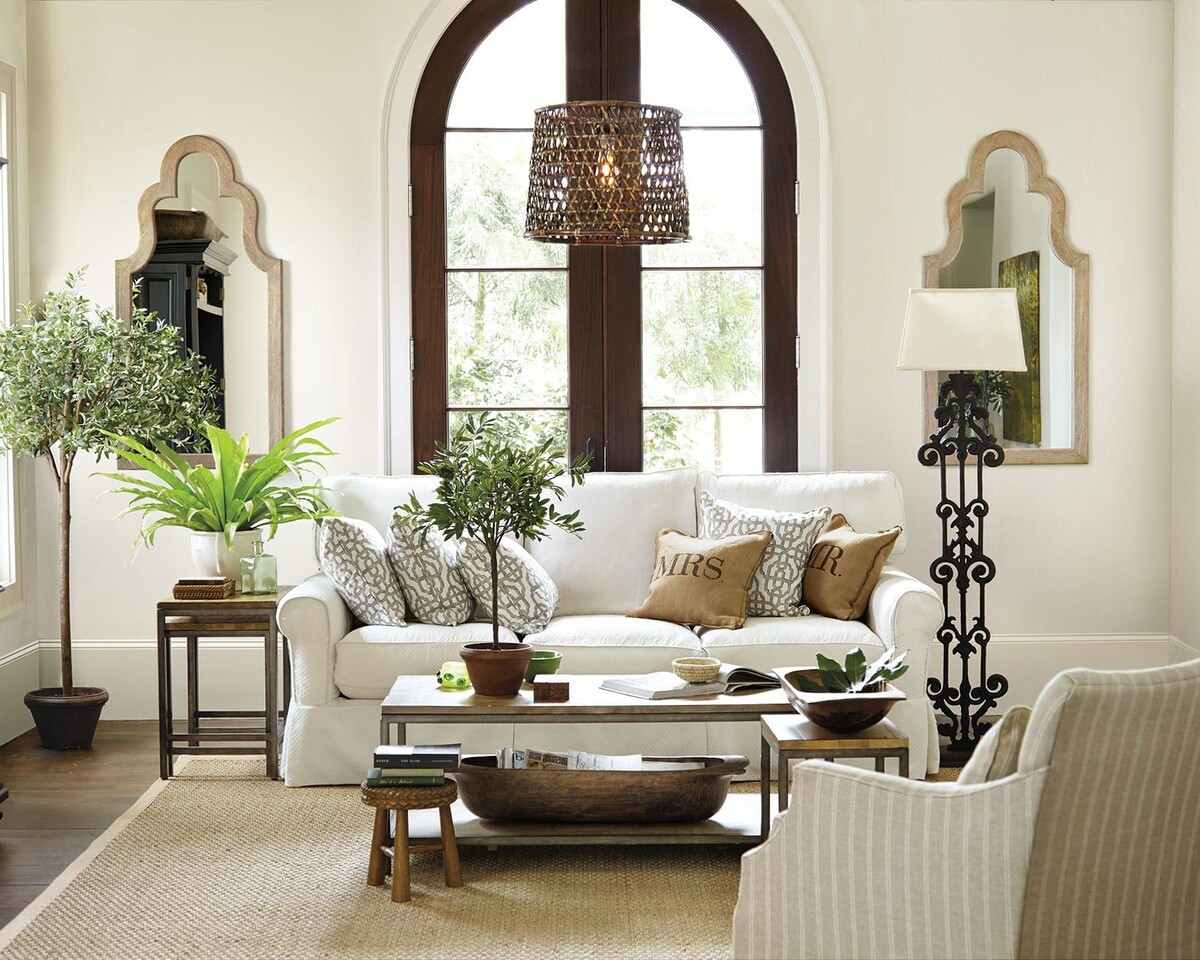
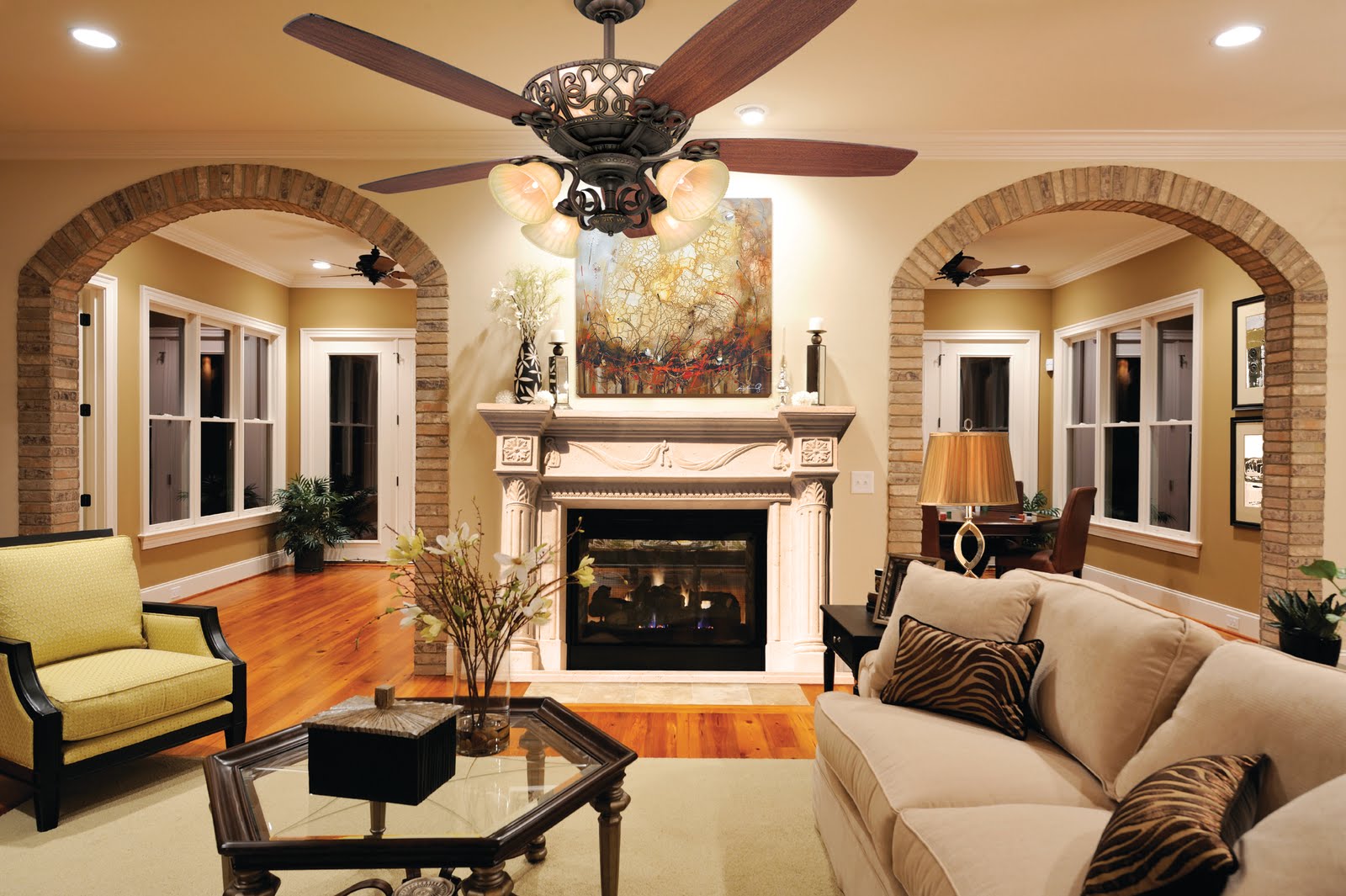
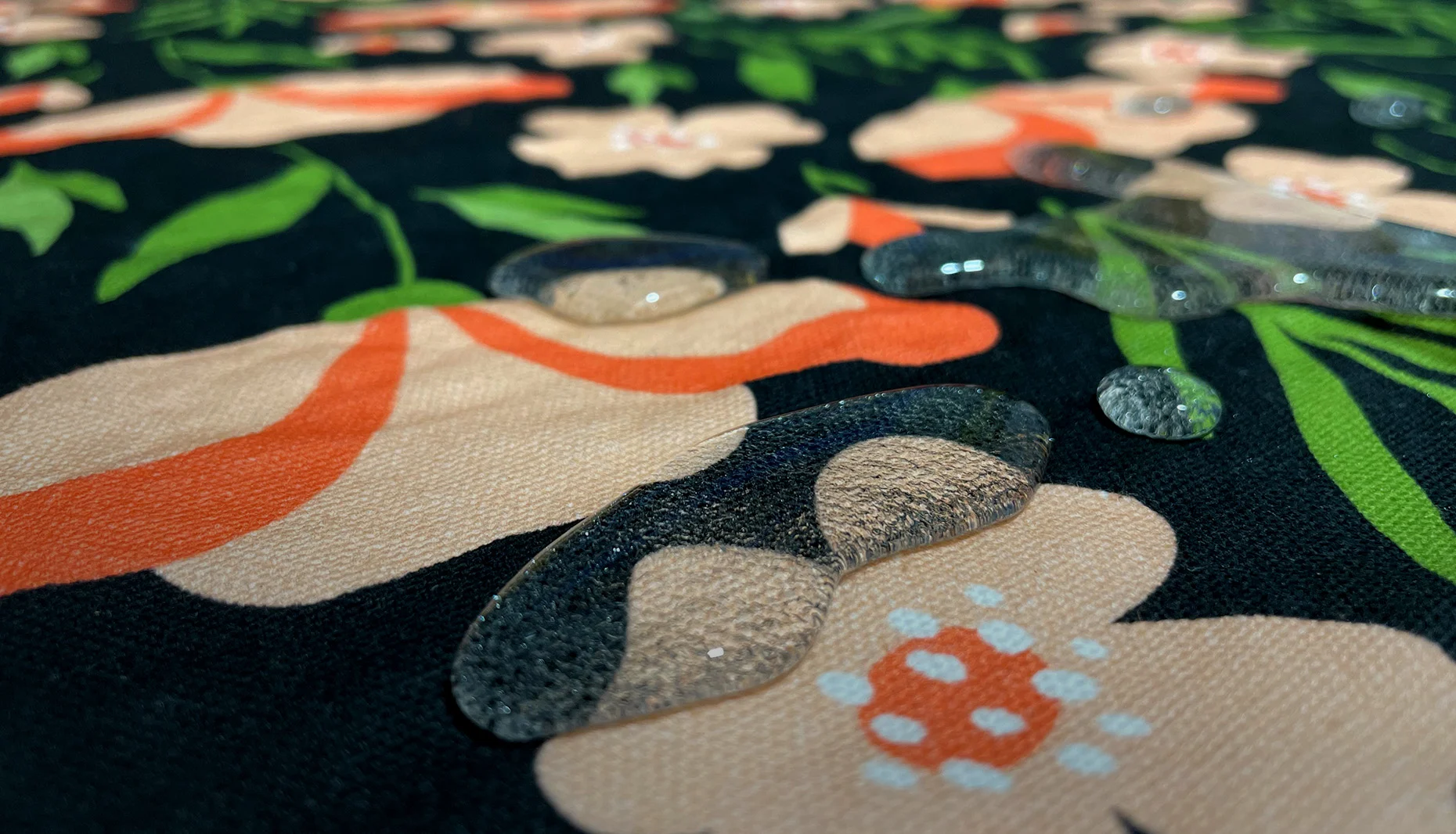


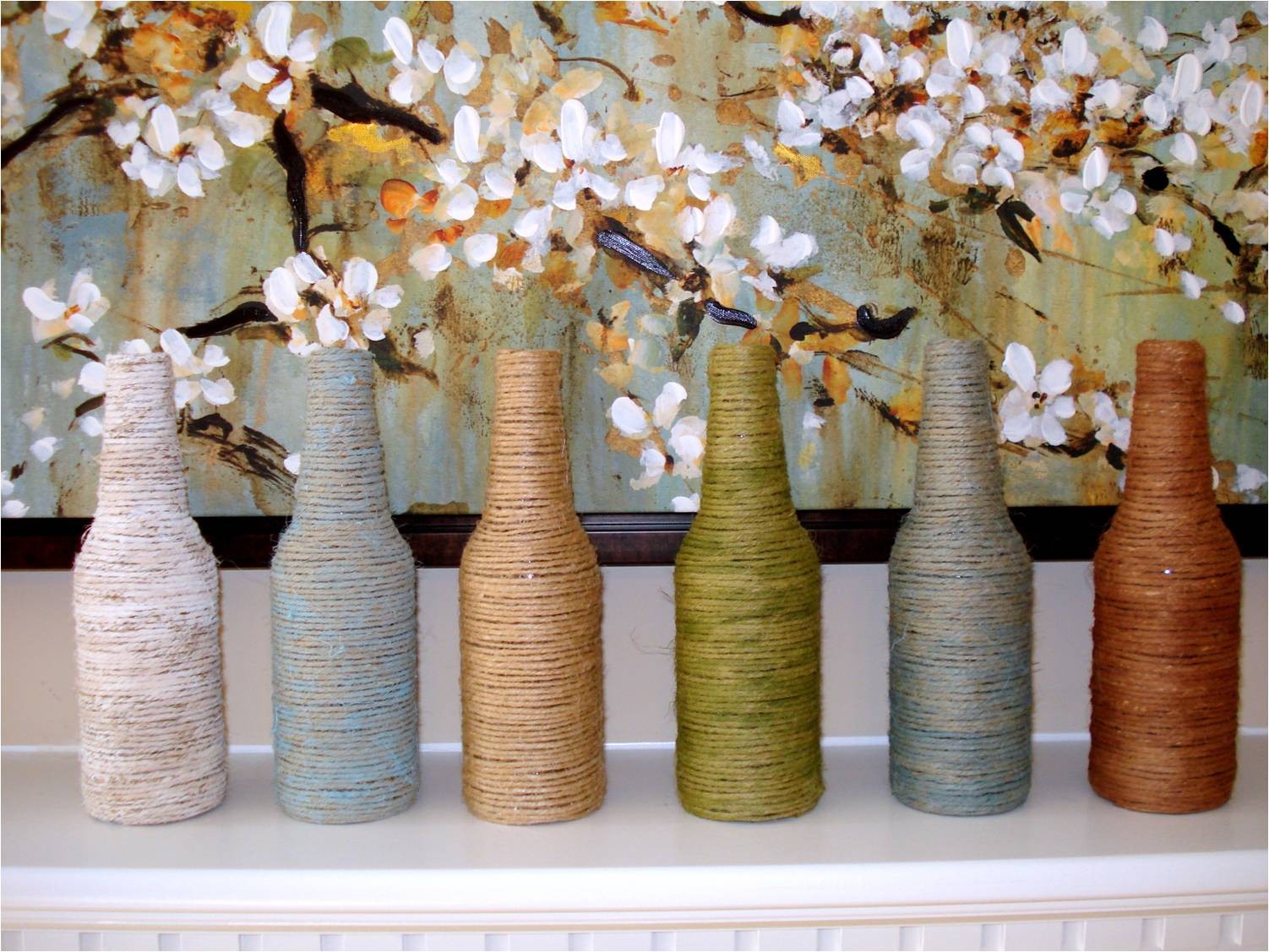

0 thoughts on “How To Compromise On Home Decor”